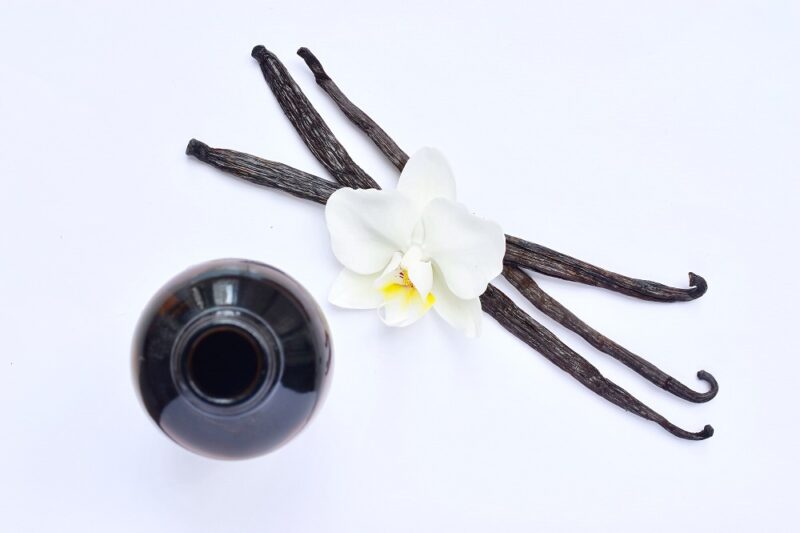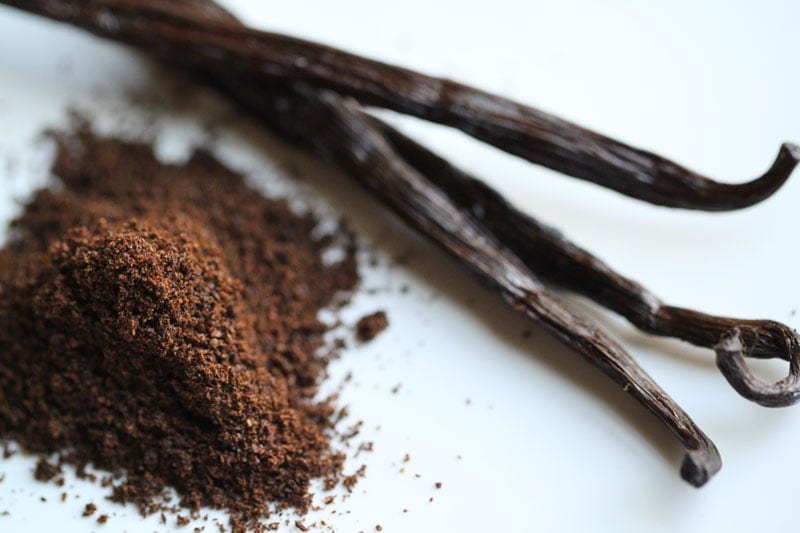

“It seems that the main driver of liking vanilla is not actually positively correlated compounds it’s more about the negatively correlated aspect,” Forero says. They isolated and investigated these compounds and found that some of the more unsavory ones impact vanilla’s quality more than the fragrant ones. In a methodology termed flavoromics, the duo screened vanilla’s entire chemical composition and then used statistical tools to predict which specific compounds may be some of the key contributors to the scent. What surprised Forero and Peterson is the companion compounds that enhance vanilla’s flavor profile.

“The bean is taking amino acids and carbohydrates and fats and rearranging them via these enzymatic pathways into vanillin,” he says. Vanilla beans are what Peterson describes as “chemical factories.” One of the star compounds in vanilla is vanillin. As they’re curing, the beans develop and release quintessential flavor compounds, so skirting this step results in sub-par vanilla. Once the beans are harvested, they need to be cured, which can last as long as nine months. This orchid, in particular, has a brief flowering period of just one day.įrom harvest to export, cultivating vanilla can take up to a year. Anyone who’s grown orchids knows they’re finicky, fussy plants, so growing vanilla bean takes a good deal of time and attention. Vanilla comes from a bean inside a long, thin pod that grows from the orchid Vanilla plantifolia, native to Central America.

Riou, Jean-Christophe/Foodcollection/Getty Images Where does vanilla come from? Vanilla beans come from an orchid native to Central America.


 0 kommentar(er)
0 kommentar(er)
